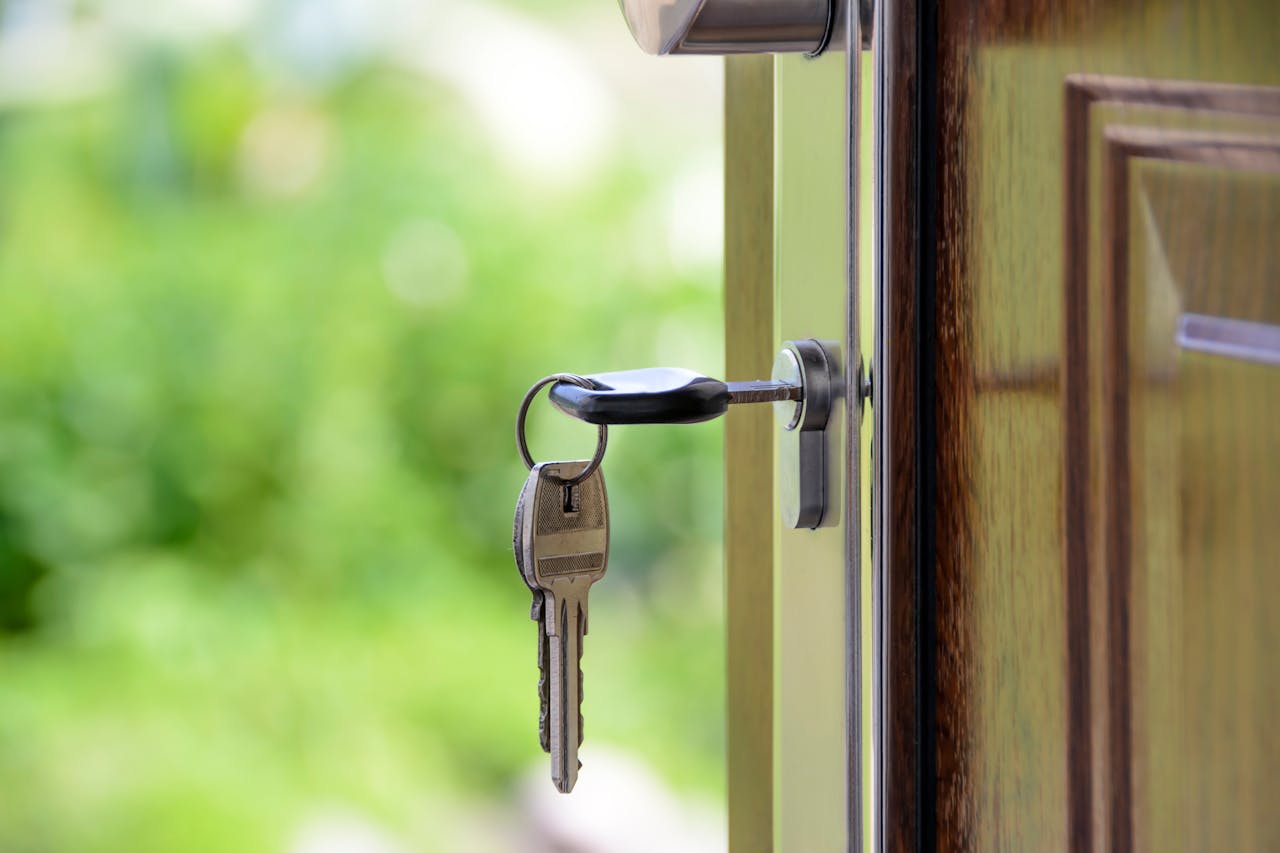
Homeowners Insurance Explained: Protecting Your Home and Investment
Your home is likely one of the most significant investments you’ll make in your lifetime. Protecting it isn’t just smart—it’s essential. Homeowners insurance provides peace of mind by covering your property, belongings, and liability in the face of unexpected events. In this comprehensive guide, we’ll break down the basics of homeowners insurance, what it covers, and why it’s a vital safeguard for your home and investment.
What is Homeowners Insurance?
Homeowners insurance is a type of property insurance that protects your home and possessions from damage or loss caused by various perils, such as fire, theft, or natural disasters. Additionally, it provides liability coverage in case someone is injured on your property or if you accidentally damage someone else’s property.
While not legally required, homeowners insurance is often mandatory if you have a mortgage. Lenders require it to protect their investment in your property.
Key Components of Homeowners Insurance
A standard homeowners insurance policy typically includes the following components:
1. Dwelling Coverage
This covers the structure of your home, including walls, roof, and foundation, against covered perils such as fire, windstorms, or vandalism. If your home is damaged or destroyed, dwelling coverage helps pay for repairs or rebuilding.
2. Other Structures Coverage
This extends to structures on your property that aren’t attached to your home, such as a detached garage, shed, or fence.
3. Personal Property Coverage
Personal property coverage protects your belongings, such as furniture, electronics, and clothing, from theft or damage. High-value items like jewelry or art may require additional coverage through an endorsement or rider.
4. Liability Protection
If someone is injured on your property or you accidentally cause damage to someone else’s property, liability protection can cover legal fees, medical expenses, and settlements.
5. Additional Living Expenses (ALE)
If your home becomes uninhabitable due to a covered event, ALE helps cover temporary living costs, such as hotel stays, meals, and transportation.
What Does Homeowners Insurance Cover?
Homeowners insurance typically covers a range of perils, including:
- Fire and smoke damage
- Windstorms and hail
- Theft and vandalism
- Water damage (not including floods)
- Falling objects (e.g., trees)
Not Covered:
Certain events are excluded from standard policies, such as:
- Flooding
- Earthquakes
- Mold and pest infestations
- Normal wear and tear
For these risks, you may need to purchase additional coverage or a separate policy.
Why is Homeowners Insurance Important?
1. Protects Your Financial Investment
Your home represents a significant financial commitment. Without insurance, you would bear the full cost of repairing or rebuilding after a disaster. A policy ensures that you’re not financially devastated by unexpected events.
2. Covers Liability Risks
Accidents happen. If someone slips on your driveway or if your dog bites a visitor, liability coverage protects you from potentially expensive lawsuits.
3. Required by Lenders
If you have a mortgage, your lender will likely require you to carry homeowners insurance. This protects both you and the lender’s financial interest in the property.
4. Peace of Mind
Knowing that your home and belongings are protected allows you to enjoy your investment without constant worry about what might go wrong.
How to Choose the Right Homeowners Insurance
1. Assess Your Coverage Needs
Evaluate the value of your home, belongings, and liability risks to determine adequate coverage limits. For example:
- Ensure dwelling coverage equals the cost to rebuild your home.
- Take inventory of your personal property and estimate its total value.
2. Understand Policy Types
The most common type of homeowners insurance is the HO-3 policy, which offers broad coverage for your home and personal property. Other options include:
- HO-1: Basic coverage for named perils.
- HO-5: Comprehensive coverage for both home and belongings.
3. Compare Providers
Shop around and compare policies from different insurers. Consider factors such as:
- Premiums
- Deductibles
- Coverage limits
- Customer service ratings
4. Consider Add-Ons and Endorsements
If you live in an area prone to floods or earthquakes, you’ll need additional coverage. Endorsements can also cover high-value items or home office equipment.
Tips to Save on Homeowners Insurance
- Bundle Policies: Combine your home and auto insurance with the same provider for discounts.
- Improve Home Security: Installing smoke detectors, security systems, and deadbolt locks can lower premiums.
- Increase Your Deductible: Opting for a higher deductible can reduce your monthly premium, but ensure you can afford the out-of-pocket cost in case of a claim.
- Maintain a Good Credit Score: Many insurers use credit scores to determine premiums.
- Shop Around: Regularly review your policy and compare quotes from different providers to ensure you’re getting the best deal.
Filing a Homeowners Insurance Claim
If you experience a loss, follow these steps to file a claim:
- Document the Damage: Take photos or videos of the affected areas and belongings.
- Contact Your Insurer: Notify your insurance company as soon as possible.
- Provide Details: Submit a detailed description of the damage and any supporting documentation, such as receipts or repair estimates.
- Work with the Adjuster: An insurance adjuster will assess the damage and determine the payout amount.
Final Thoughts
Homeowners insurance is more than just a safety net—it’s an essential part of protecting your home, belongings, and financial future. By understanding your policy, choosing the right coverage, and taking steps to minimize risks, you can ensure your investment is well-protected. Don’t wait until disaster strikes; secure your peace of mind today with a homeowners insurance policy that fits your needs.
Leave a Reply